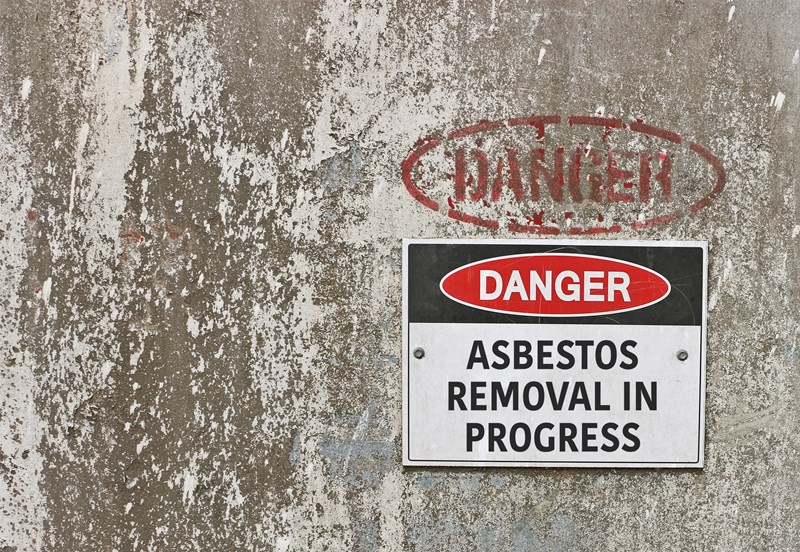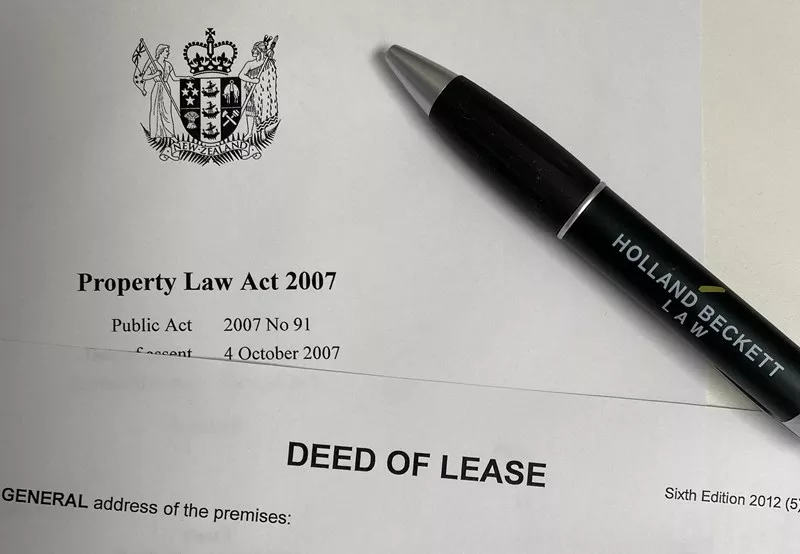Health and Safety at Work (Asbestos) Regulations 2016
Asbestos was used in building products up until the 1990s due to its ability to resist heat, electricity and chemical corrosion. However, in New Zealand an estimated 170 people die of asbestos-related diseases each year making it the largest single cause of work related deaths. In response, the Health and Safety at Work (Asbestos) Regulations 2016 (“Regulations”) were introduced and came fully into effect on 4 April 2018.
These regulations impose additional duties on Persons Conducting a Business or Undertaking (“PCBU”), including landlords, managers and tenants, in relation to work involving asbestos. This includes the obligation of managing and removal of asbestos risks to ensure the working environment is free of airborne asbestos fibres. Generally, if your building was built prior to 1 January 2000 it is more likely to have asbestos-containing material incorporated within it.
Under the Regulations, a PCBU who knows or ought to reasonably know that there is a risk of exposure to respirable asbestos fibres in the workplace must ensure that all asbestos or asbestos containing materials (“ACM”) are identified. An ACM includes items such as concrete, stipple ceiling coatings and window putty.
The first step in complying with the Regulations is to identify if asbestos is present within the workplace. Therefore, one should not merely assume that asbestos is not present. Instead to comply with the Regulations, a PCBU should organise an inspection by a suitably qualified consultant to identify whether asbestos or ACM is present within the property. If the survey results show that there is or there is likely to be asbestos, all PCBUs must ensure that a written asbestos management plan is prepared. As property owners we recommend that you drive this process in consultation with your tenant.
As per the Health and Safety at Work Act 2015 (“HSWA”), to ensure that their legal obligations are met, a PCBU is obligated to consult, co-operate and co-ordinate so far as reasonably practicable with all other PCBUs who have a duty in relation to the same matter. This means that each PCBU will need a management plan.
An asbestos management plan needs to include the identification of asbestos or ACM, the decisions made in relation to the management of the risk arising from asbestos, as well as the reasons for such decisions. The management plan needs to detail the procedure for detailing incidents or emergencies involving asbestos or ACM at the workplace and the workers who are responsible for carrying out work which involves asbestos. In relation to the workers responsible, the plan must also detail any information and training that has been provided to the workers, their responsibilities and role and any health monitoring of the workers that has been undertaken.
Under the new Regulations, we recommend when purchasing a property, due diligence investigations include determining whether a survey or management plan has been conducted or put in place for the property. If not the purchaser should arrange an inspection by a suitability qualified consultant to identify whether asbestos or ACM is present within the property.
The Regulations also will affect tenancy relationships. Under the HSWA, landlords must ensure that when work is carried out on their property, it is done in a safe manner without endangering workers or others, including tenants. While the obligation to identify and manage asbestos cannot be contracted out of, when leasing a property parties should consider whether the inspection cost is to be allocated to one party or shared. This means that each party should note what the lease obligations are in relation to who is responsible for the costs.
PCBU’s must ensure that the asbestos management plan is kept up-to-date. In addition, the management plan needs to be revised if there is a review of a control measure, asbestos is disturbed or removed, the plan is no longer adequate, a workers’ representative requests a review or when five years have passed since the plan was last reviewed.
Failure to comply with a review can result in fines upwards of $6,000 for individuals, and $30,000 for companies and other corporates. Therefore, we encourage those who own, occupy or manage a commercial property to ensure they clearly understand their responsibilities under the Regulations.







